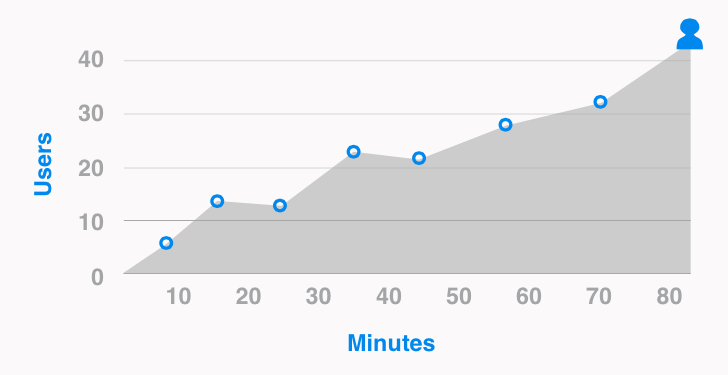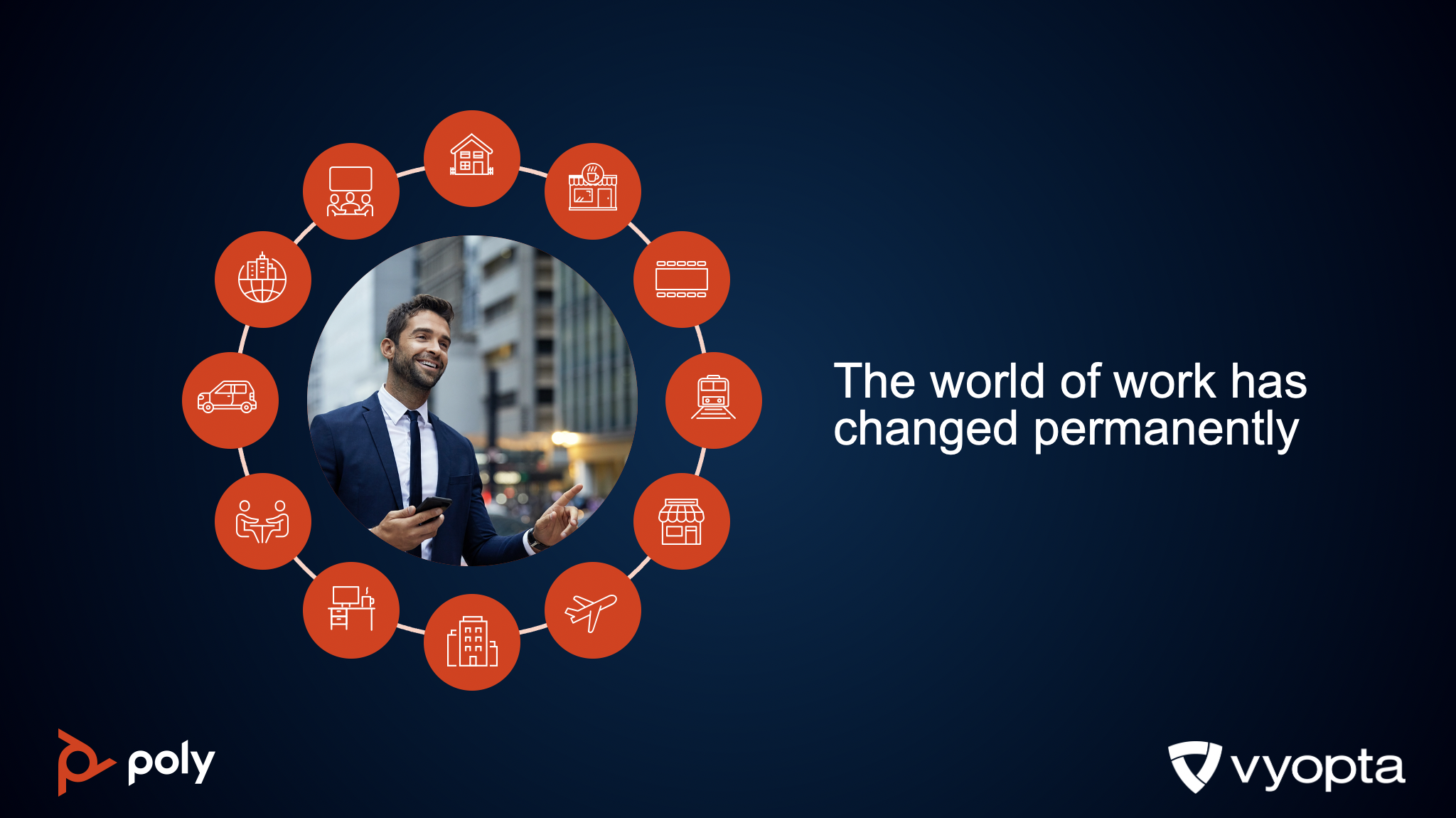
Truly pervasive video collaboration is more than ubiquitous video. It’s more than just having a large quantity of video endpoints– it’s about making video an INTEGRAL communication tool- as second nature as phone or email, but with the impact of being face-to-face.
[bctt tweet=”Pervasive video is more than your number of endpoints, it’s about second-nature communication” username=”vyopta”]
There are three things that define and enable video to be pervasive:
In order for video to be pervasive it must be Accessible. Accessibility was originally enabled and defined by things like broadband networks and powerful computing devices such as smartphones, tablets, laptops, and PCs. Now, video communications are more easily accessible through innovations like virtualized infrastructure and software or web-based video endpoints.
Secondly, video must be Useable. The experience with video must be self-serve and automatic with features like click to join virtual meetings or video room scheduling. It is also crucial to have a standard user-interface across all video room systems so that there is zero learning curve.
Lastly, pervasive video should be Optimized.This means that video should be not only manageable, but predictable–to deliver highest quality of service today while planning for future growth. Performance management tools should be in place to ensure that video use is aligned with business objections. Forecasting tools to predict future demand of video resources should be in place to accurately plan for infrastructure and network capacity needed to support enterprise- wide video use.
Applications that lay on top of video technology are what provide the missing link to turn UBIQUITOUS video technology into truly PERVASIVE video solutions. Just like there was limited use of the internet before browser applications, video conferencing is mature technology but applications for video will be crucial to experience user growth and user adoption.

Alfredo Ramirez is a seasoned entrepreneur with direct experience in building early-stage software technology companies, which is why he proudly serves Vyopta as CEO and Co-Founder. A nod to his passion for pushing the button of innovation, Alfredo previously co-founded Vitalz (a venture backed enterprise software company acquired by Oracle) and Daman Consulting. He holds a B.S. in Electrical and Computer Engineering from The University of Texas at Austin and writes about topics such as technology, employee engagement, and innovation from the CEO perspective. .


.png)
.png)